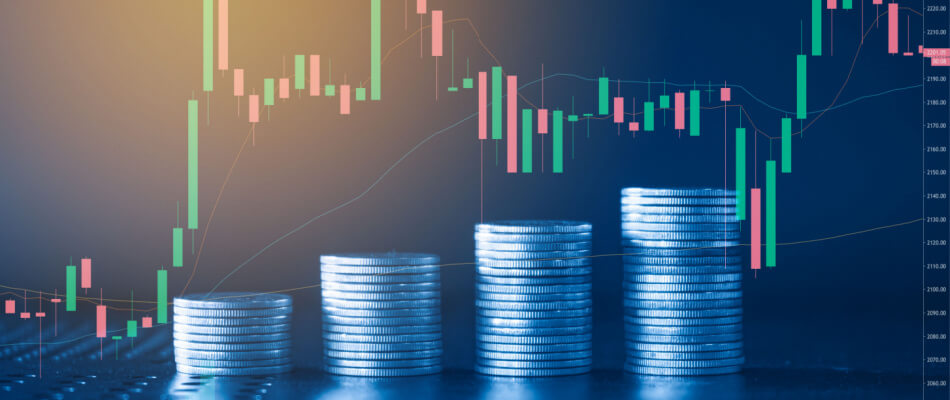Turbos and the operation of a lever
The leverage of turbos ensures that investors profit considerably from a price fluctuation of the underlying value. The leverage is the number that indicates how much faster the turbo value moves compared to the underlying value. The higher this leverage, the greater the sensitivity of the price compared to the underlying value, for example a share.
Leverage = the price of the underlying asset / the intrinsic value
Example: the price of the underlying asset is €50. The intrinsic value is €10. The leverage is then 5.
You can see it this way that leverage causes price drops and increases to be magnified. This increases the chance of a relatively large profit or loss.
Turbos are also called sprinters, boosters or speeders. This name can differ per broker or bank. The difference is mainly in the size of the leverage. Below we will go into more detail about the operation of a leverage.
This is how a turbo lever works
You may wonder how it is possible to profit relatively much from the rise or fall of an underlying value, such as a share or commodity, with a small investment. This is possible thanks to leverage: you only pay a small part of the value, while the offering party (bank or broker) finances the rest. You do profit from the total increase or decrease in value of the share, which means you can make a lot of profit (or loss) with relatively little of your own money.
The example below explains the leverage effect using a turbo long (expectation: price increase).
Share value : €100
Price of the turbo (your deposit): €20
Financing level (share value minus your deposit – the provider finances this amount for you): €80
Leverage (share value divided by your stake): €5
Suppose the value of the share increases from €100 to €120. The value of your investment is then doubled from €20 to €40. This way you make a 100% profit, while the value of the share only increased by €20.

Risks
In the example above, we assume a price increase – as expected. But if you bet on a price increase, and the value of the share drops, your loss will be just as fast. Suppose the value of the share drops from €100 to €80; a drop of 20%. You will then lose your own investment – the €20 you paid for the turbo.
In order to never lose more than your own deposit, the provider of the turbo (the broker or bank) pulls the plug when the value reaches the so-called ‘stop loss’ level. This ensures that the investor never loses more than the deposit and the financed amount of the broker or bank is safe.
The higher the leverage, the higher the risks when trading with turbos . The underlying values depend on price fluctuations that no one can predict. These values differ daily, weekly or monthly – and sometimes not even that much. This unpredictability is a risk in itself.
Compare brokers and start investing in turbos
Are you excited about investing in turbos after reading this article? Compare brokers with turbo possibilities and find the broker that suits you best!